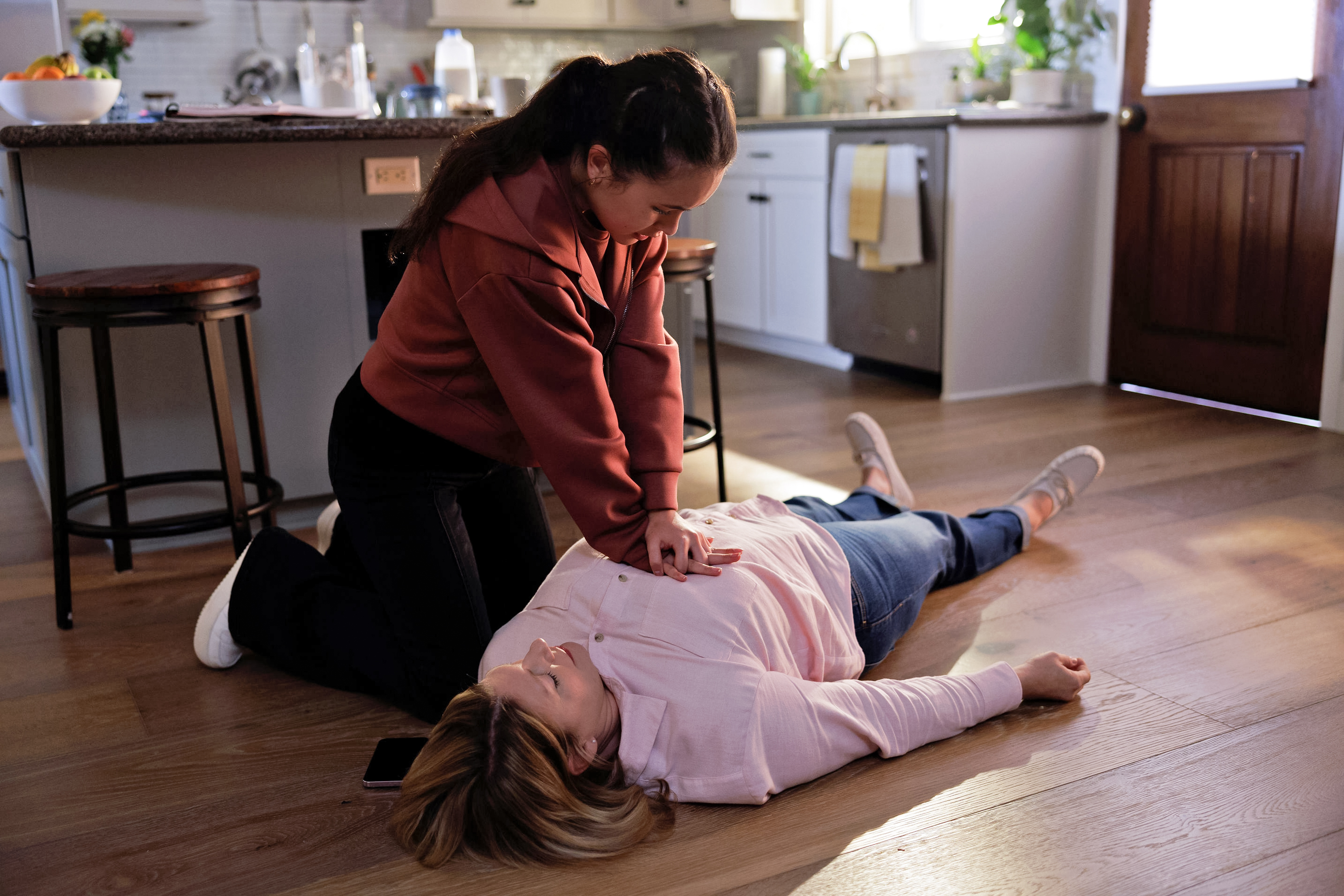Updated CPR Guidelines Introduce New Choking Response Protocols and Opioid Overdose Treatment

Summary
Full Article
The American Heart Association released the 2025 Guidelines for Cardiopulmonary Resuscitation and Emergency Cardiovascular Care, marking the first comprehensive revision since 2020. Published in the Association's flagship journal Circulation, these evidence-based updates address critical gaps in emergency response protocols that could significantly impact survival rates for choking incidents and opioid-related emergencies.
Among the most notable changes are updated choking response protocols for conscious children and adults, now recommending alternating five back blows followed by five abdominal thrusts until the object is expelled or the person becomes unresponsive. This represents a departure from previous guidelines that did not include specific choking guidance for adults and recommended only abdominal thrusts for children. For infants, the guidelines now specify alternating between five back blows and five chest thrusts using the heel of one hand, while explicitly recommending against abdominal thrusts due to injury risk.
The guidelines also introduce comprehensive protocols for suspected opioid overdose situations, which account for 80% of all drug overdose deaths worldwide according to the World Health Organization. For the first time, the guidelines provide public access instruction on naloxone use, a medication that can reverse opioid effects. The guidance identifies key signs of opioid overdose including slow or absent breathing, choking sounds, loss of consciousness, constricted pupils, and blue or grey skin discoloration.
A significant structural change involves reverting to a single chain of survival for all forms of cardiac arrest, whether adult or pediatric, in-hospital or out-of-hospital. This consolidation aims to simplify emergency response and emphasizes the importance of combining compressions with breaths, particularly for children and infants. The updated approach reflects evidence showing that children as young as 12 can be effectively taught CPR and defibrillation techniques.
The guidelines address concerning statistics about out-of-hospital cardiac arrests, which affect approximately 350,000 people annually in the U.S. with a 90% mortality rate. Only about 41% of adults experiencing cardiac arrest outside hospitals receive CPR before emergency medical services arrive, despite evidence that early CPR could double or triple survival chances. To improve lay-rescuer response, the guidelines recommend supporting media campaigns, instructor-led training, and expanded community training programs.
Developed in collaboration with the American Academy of Pediatrics, the pediatric and neonatal guidelines include updated recommendations for newborn care, including delaying umbilical cord clamping for at least 60 seconds for most term and preterm infants not needing immediate resuscitation. This extended delay from the previous 30-second recommendation has been shown to improve newborn blood health and iron levels.
The American Heart Association plays a dual role in resuscitation science, both developing the official CPR guidelines used in over 90 countries worldwide and leading global public awareness and education efforts. The organization has trained millions annually in CPR and first aid through its programs for over five decades. The updated guidelines and corresponding training materials are being released simultaneously to accelerate adoption of the new science-backed recommendations.
These evidence-based updates reflect the latest scientific research and have potential to significantly impact emergency response outcomes across multiple scenarios, from choking incidents to opioid overdoses and cardiac arrests. The simplified protocols and expanded public education recommendations could empower more bystanders to provide effective emergency care when seconds matter most.

This story is based on an article that was registered on the blockchain. The original source content used for this article is located at NewMediaWire
Article Control ID: 260564